How the Space Race Fueled Innovation
LEGACY OF THE SPACE RACE
The Space Race resulted in numerous changes to the political, socio-economic, and scientific landscape around the world, including:
Supporters and LBJ watch Apollo 11 liftoff
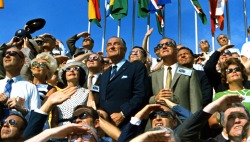
Nationalism in the U.S. and Soviet Union increased as people rallied around their country in the race to space and catapulted the U.S. to world dominance. Daniel Goldin, former Administrator of NASA, said, "... the space program... brings the focus and vision to society. We are a manifestation of the American spirit. If there isn’t a space program, it says something about the American spirit. In addition to that, we make an incredible contribution to the education, the inspiration, and the tech base of the country."
A boost for math and sciences, as a meeting convenes to create NASA
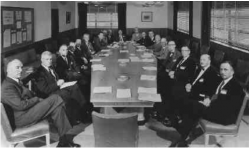
The Space Race created a renewed interest in science among citizens. In the U.S., a Congressional mandate funded improving math and science curriculums in schools. Hugh L. Dryden, Deputy Administrator of the National Aeronautics and Space Administration said in 1963, "... the leadership wisely began with an excellent program in mathematics and physics, planning for future expansion in other basic fields of science as resources are made available. In a few short years, it has stimulated major advances in knowledge of the sun, earth, and nearby space, in electronics and communications, in new materials, in energy sources and conversion devices, including computers, in data collection and handling, in knowledge of the behavior of the human body under stress, in the protection of man from a hostile environment, and in many other areas."
Spying over the U.S.S.R. with the U.S. satellite "Poppy"
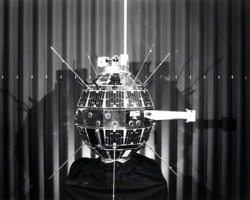
Aerospace technologies developed for the Space Race were adapted for commercial purposes. For example, satellites built for spying were later used for communications, weather prediction, and navigation systems, like GPS. The fear in the US after the Soviets launched their satellite was that the soviets could then spy on the US and bomb the US at will. A spy satellite was created by the US and it returned mostly photos of clouds as there was no way to distinguish good days from cloudy days. As a result, the US set up a spy satellite with humans on board and then the soviets countered with their own version of the American manned satellite.
Early warning Weather Bureau gets its start
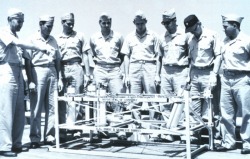
The Weather Bureau, spawned by the Space Race, expanded its mission and today is the National Oceanic and Atmospheric Administration, which warns citizens about severe weather. The satellites that NOAA now uses stemmed from the space race. The satellites are used for detecting hurricanes and other storms where radar cannot go.
Tang, America's favorite drink!
This 1967 TV advertisement promotes Tang, a freeze-dried orange drink developed for astronauts, which was later sold to the American public.
Mass communication and new modern technology, a meeting of the International Space Station
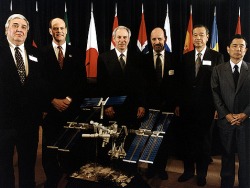
Daniel S. Goldin said, "NASA pioneered fault-tolerant software and vast computer networks over long distances, building a trained workforce that went out and created a whole new industry, not to mention how satellites have revolutionized telecommunications, providing live TV anywhere in the world and inexpensive long-distance service. Remember the tremendous push NASA gave to the computer chip and software sector."
CAT and MRI scans, byproducts of the Space Race
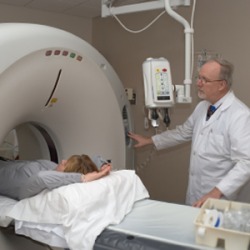
Other technological byproducts spawned by the Space Race include MRI and CAT scans, TV satellite dishes, smoke detectors, cordless tools, robotic technologies, and joystick controllers. The MRI used super-cooled liquids created during the Space Race. The satellite dish was created to receive signals from satellites in space. Cordless tools were created for astronauts to use on space walks.
Filters provide access to potable drinking water
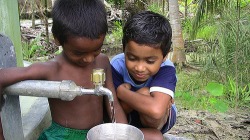
The Space Race resulted in innovations, such as portable water filters. In many developing nations, water filters provide the only access to fresh drinking water. The need for filters came about because of the lack of water in space. One of the first uses for filters was recycling waste water, by turning the waste water safe for drinking.
